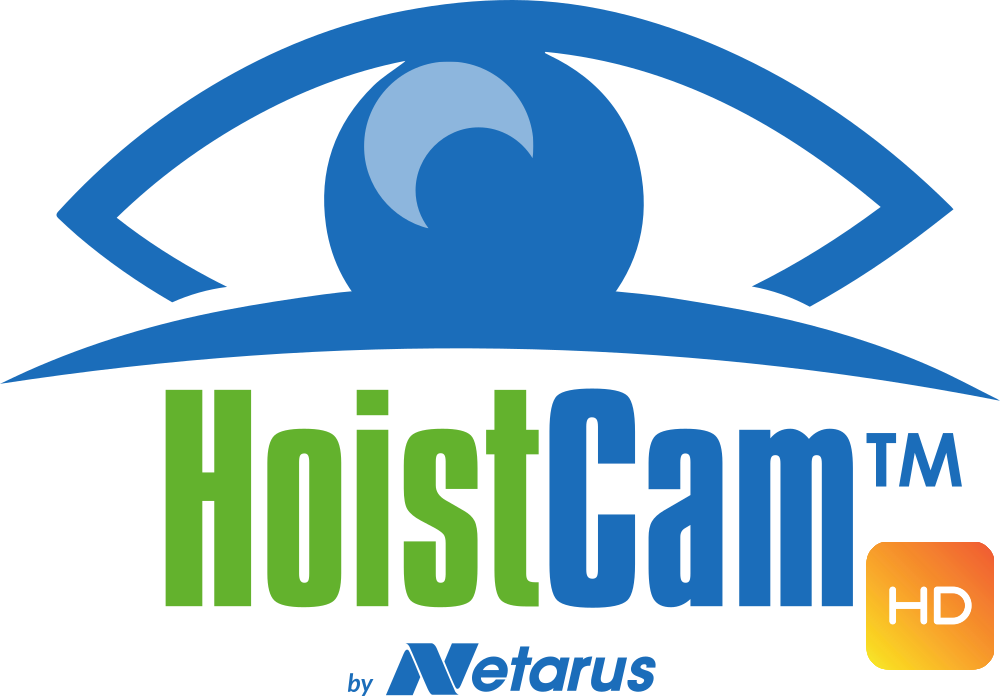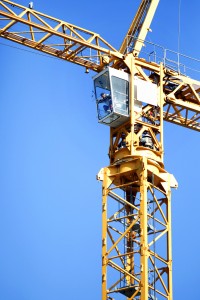Cameras on Cranes from The Operator’s Point of View
It is probable by now that you have learned how beneficial HoistCam’s cameras on cranes can be. Not only do they add a measure of safety to the job site that has not been seen before, but they also increase productivity, increase speed, and decrease the number of accidents and incidents resulting in property damage. For those on the ground, cameras on cranes can help then to feel assured that everything is under control with every lift of the crane. But how do cameras on cranes work from the operator’s point of view?
Blind Lifts Are a Thing of the Past
One of the first assets that a crane operator is likely to notice after installing HoistCam’s cameras on cranes is the fact that there are no more blind lifts. In fact, there never will be again. In order to complete a blind lift before, a crane operator was forced to depend on hand signals and radio signals from his riggers below to guide him in the operations of the crane’s boom, etc. All too often, the operator would be looking down to the men on the ground who were hundreds of feet below him, and trying to read their hand signals. It was like trying to see what an ant is telling you in sign language. And they had to use this method to move loads which weighed tons, over job sites full of people and expensive equipment. As you can imagine, it could be a very stressful job.
A New Set of Eyes
With such a dangerous mission ahead of him, it is likely that crane operators often wished for a new set of eyes… eyes that could see thousands of feet ahead of him, eyes that could be anywhere on the job site, guiding every load. HoistCam has granted this wish. By adding HoistCam’s rugged cameras to the crane boom, or anywhere on the job site, the crane operator now has a new set of eyes that allow him to actually see any part of the job site. No longer does he have to solely depend on hand signals from the riggers below, but by glancing at a monitor inside of his cab, the operator can see any area of the job site that he needs to see. Feed from the camera or cameras is fed directly to a monitor inside of the cab with the crane operator, where he can watch the screen and see every step of the load. As you can see, Hoistcam’s cameras on cranes take away a great deal of the pressure and stress from a crane operator’s daily activities.


